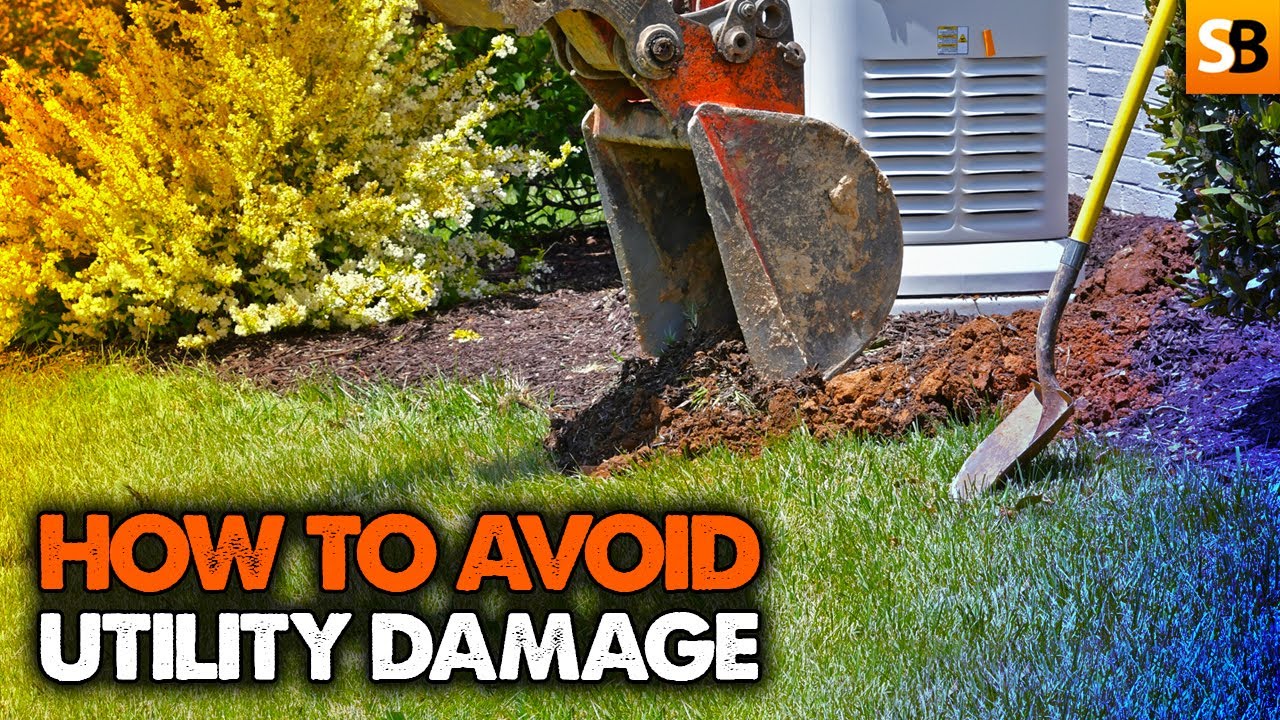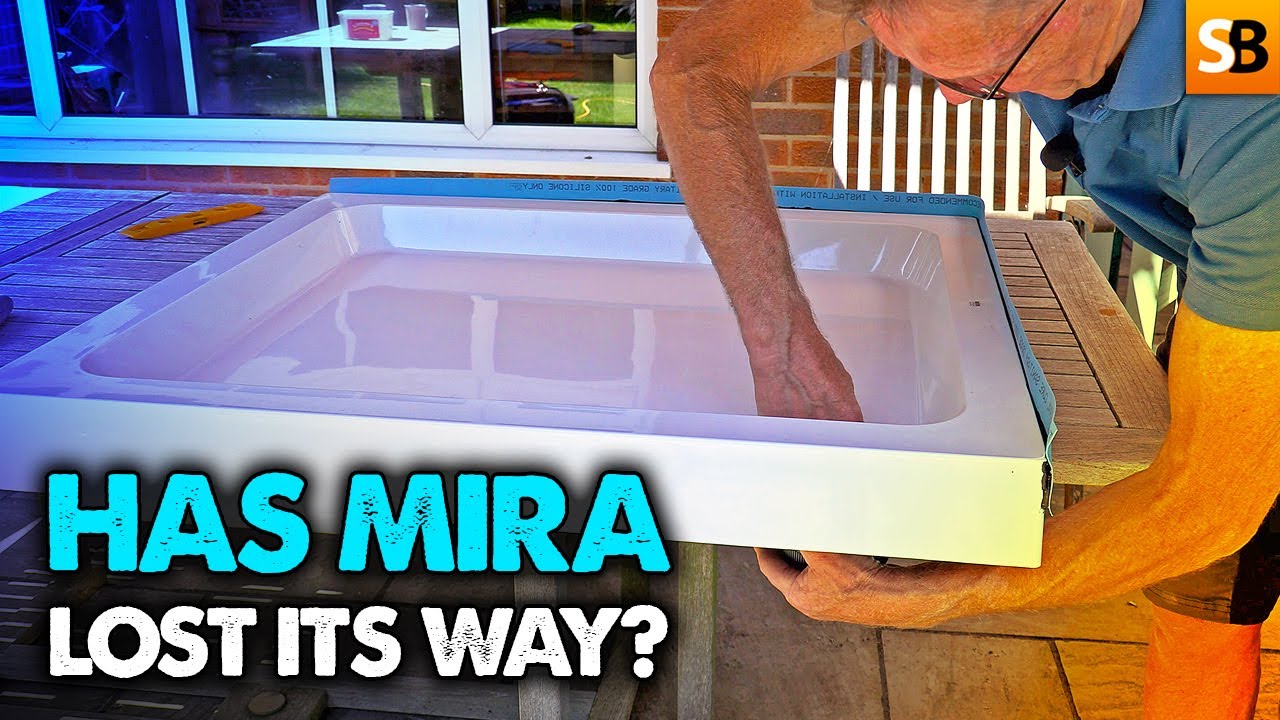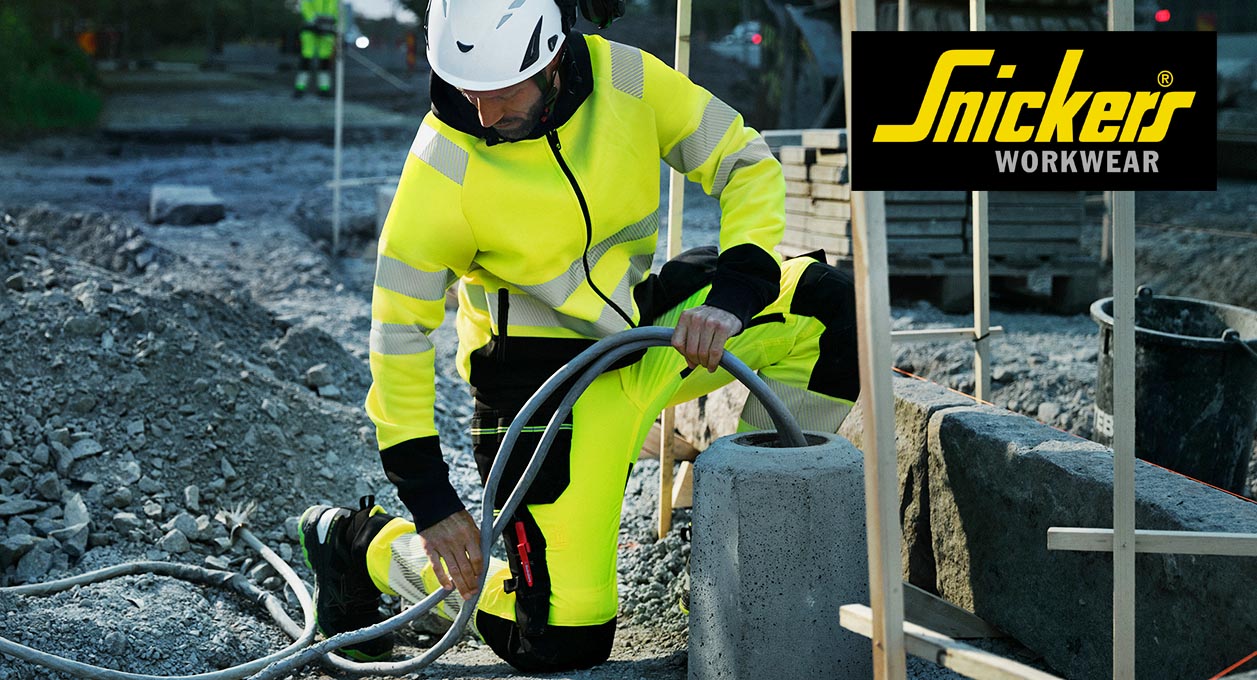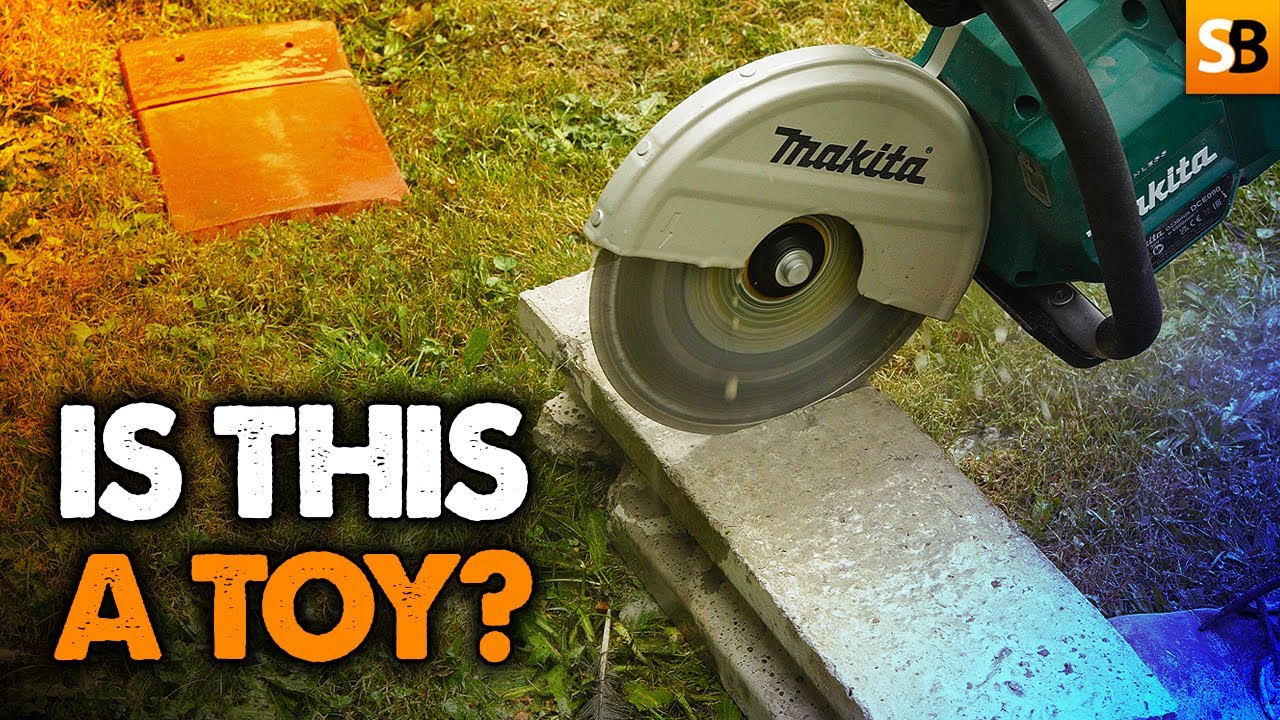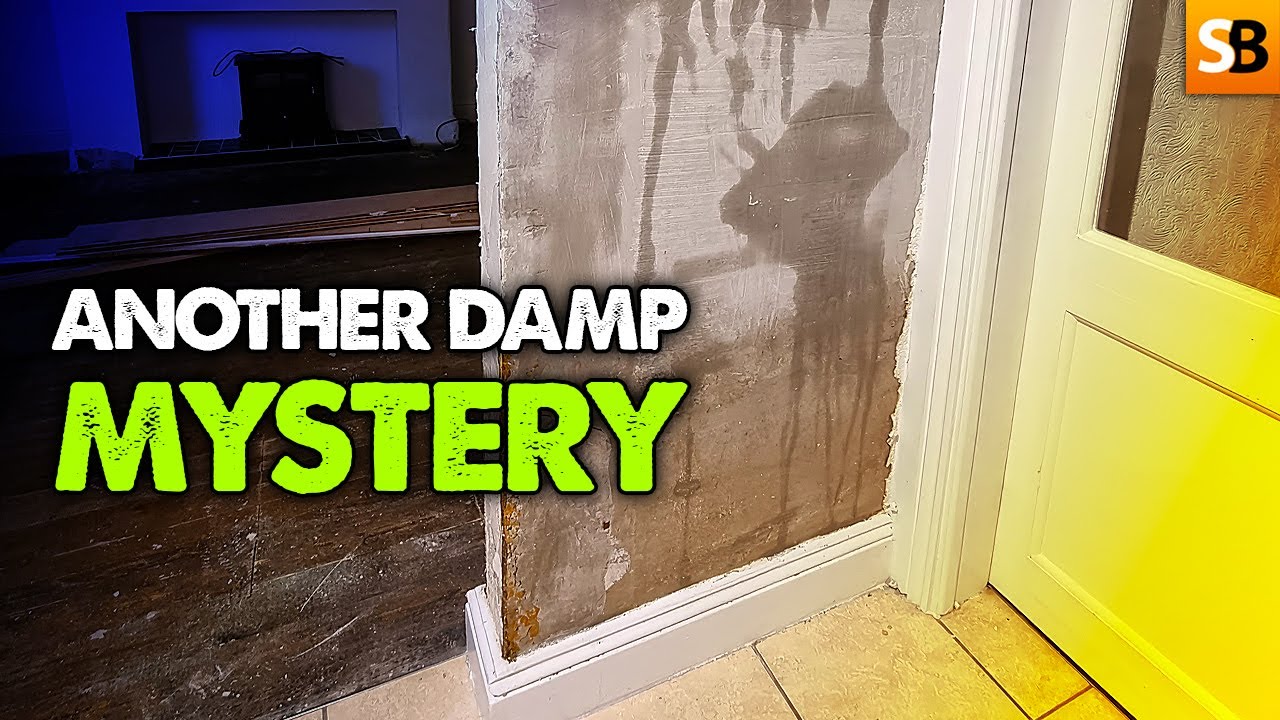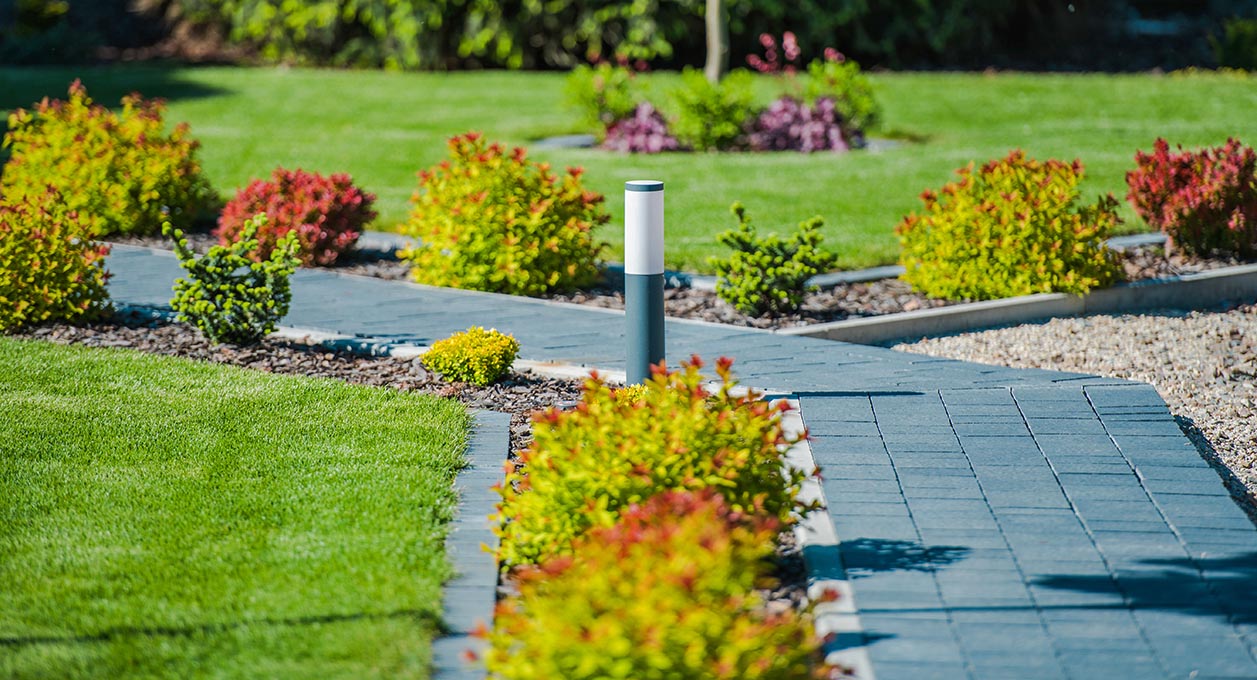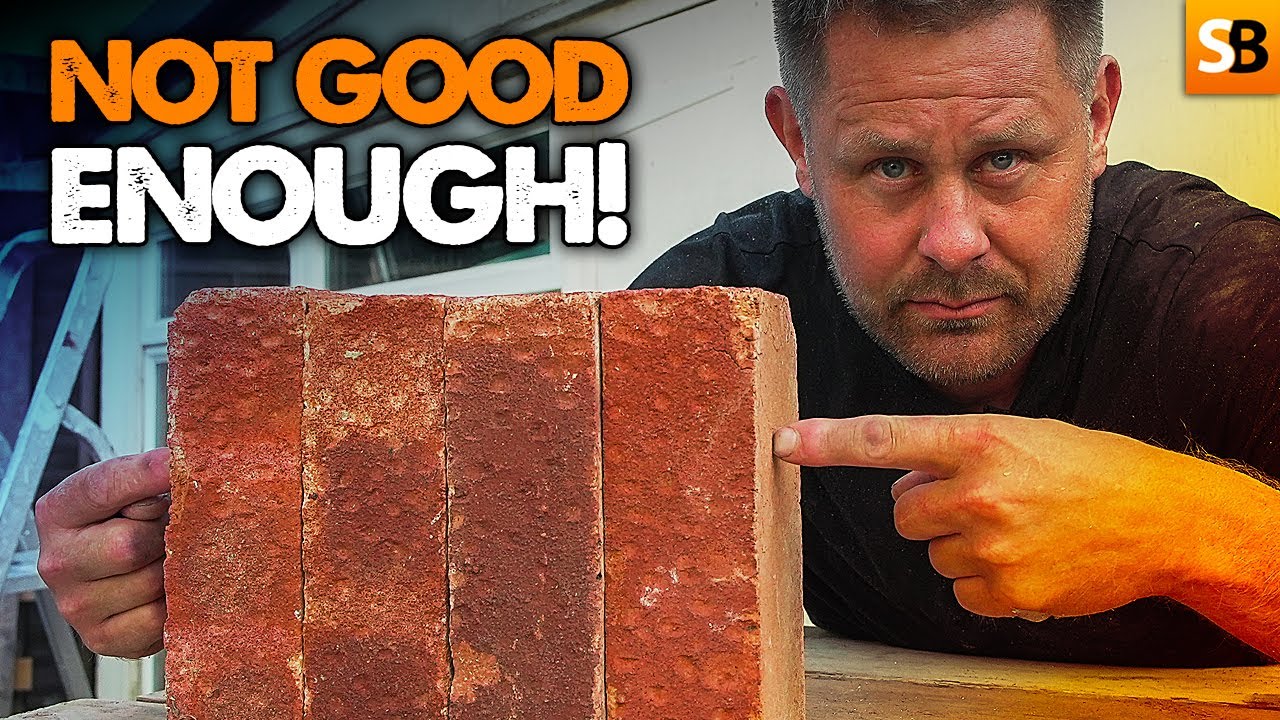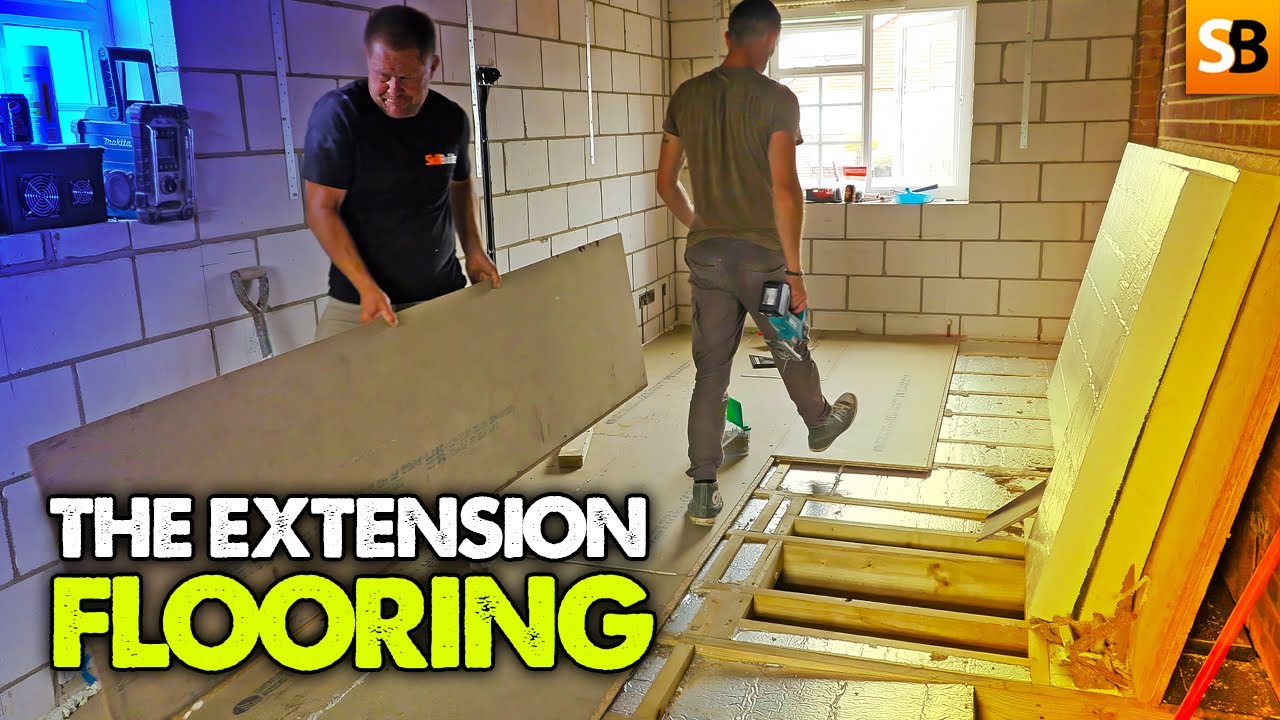An Aging Problem
RAAC Reinforced Aerated Autoclaved Concrete, is in the news right now (September 2023) because days before the kids go back after the summer break somebody in the corridors of power had a panic attack. Maybe the Education Minister had a nightmare about a school roof collapsing and killing some kids.
One did collapse in Gravesend in Kent in 2018 but it was on the weekend, so nobody was there. The fact that nobody was injured meant that it wasn’t big news. Near misses are not considered worth sending out the satellite trucks for.
I am old enough to remember the Aberfan disaster, where a school in South Wales was buried by a landslide from a coal mine slag heap. After the event they moved slag heaps to places where they could do no harm. Those images of miners carrying out the bodies stay with you for life, and so they should.
They should be plastered all over the wall of the Minister for Education’s Office to remind them that schools should be safe places. The Education Minister has just been on television telling us that local authorities are responsible for the safety of schools.
If that’s the case it is a cop out for the government. Leaving aside the RAAC issue there is still a considerable amount of asbestos in schools. An estimated 10,000 teachers, pupils and other staff have died in the past 40 years from asbestos related lung diseases.
Beyond Reinforced Aerated Autoclaved Concrete
But it seems that 10,000 deaths is not the tipping point for urgent action. We are still sending our children and teaching staff into dangerous schools.
RAAC is the latest hazard to make the headlines but, again, it has been known about for years. Despite this a few weeks ago hardly anyone outside the building industry could tell you what Reinforced Aerated Autoclaved Concrete is.
If you have been keeping up with events, you may have seen pictures of a substance resembling an aero bar, but this is not the whole story. In the main we are looking at panels typically 600mm wide which are used to create flat roofs.
They were commonly used in schools and hospitals. The panels are reinforced with steel bars identical to those used in other reinforced concrete but aerated concrete doesn’t stick to rebar very well so they are coated with latex or bitumen to allow this so-called aerated concrete to stick.
The concrete is actually made up of sand cement and lime so it is not concrete in the strict sense because there is no aggregate in there. The mix is aerated by dropping aluminium filings into the cement slurry which produces hydrogen gas and bubbles.
This has been done for years with Aircrete blocks because it makes them lighter and gives them better insulation properties. If you want an even lighter block you put in more aluminium filings and if you need it denser you put in less.
Cracking Up
Any builder who has worked with these Aircrete blocks knows that they crack very easily. This can often be mitigated with bed joint reinforcement and movement joints, but it doesn’t always stop it. In a wall a few cracks are not too much of an issue. They are covered up with plasterboard and nobody worries about them.
The second ‘A’ in RAAC stands for autoclaved. The autoclave is the chamber that the slurry is put into to warm it up and allow it to carry on rising like a souffle before it sets.
In essence it is a giant pressure cooker which steams the cement mix, so it cures evenly and quickly. Instead of taking days to cure the cement cures overnight. Blocks often arrive on building sites still warm.
The long panels used in flat roofs are made in the same way as Aircrete blocks but they have reinforcing bars in them to allow them to span voids. The advantage of aerated panels is that they are much lighter than dense concrete floor panels such as Bison beams. They are also better insulators.
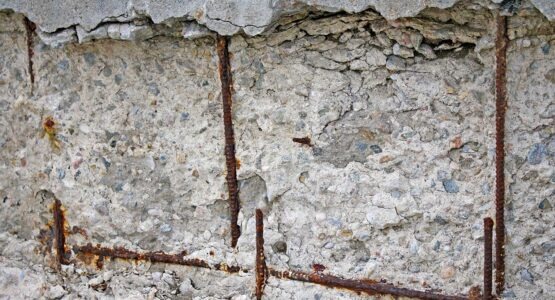
All reinforced concrete can deteriorate through rusting of the rebar which is caused by water ingress. Rust expands and that expansion has a very noticeable symptom in the case of dense concrete. As the bar rusts you see lumps of concrete spalling off the face, which exposes the rebar.
With aerated concrete this rebar rust expansion is absorbed by the weaker concrete so instead of blowing the face of the concrete off it simply crushes the concrete around the rebar. This allows the deterioration to continue unseen.
There are some visible symptoms that occur late in the process and surveyors know to look out for these. If you see a sagging Reinforced Aerated Autoclaved Concrete panel this may be the only sign you get of a problem. It means the reinforcing bar is no longer acting in unison with the concrete. The rust has pushed the concrete away around the bar and it may even be loose inside the panel.
Bearing Up
The other big problem is that the panels often have inadequate bearing. The bearing is the amount of panel sitting on the supporting walls or steel beams. If two panels meet end to end on a steel beam that is 100mm wide you can only have 50mm bearing on each panel.
The minimum bearing should be 75 mm but ideally you would have 100mm at each end. Panels with inadequate bearing tend to shear at the ends. In the Gravesend school collapse the pictures show the end of the panel has sheared and the reinforcing bar has simply bent upwards as the panel crashed down.
The fact that these panels are capable of sudden and catastrophic collapse with little or no warning is an almost unique characteristic. Timber will often creak for quite a time before it gives way but the best you can hope with RAAC is that somebody notices a subtle change in the panels.
That bored kid who is sitting in a maths lesson gazing up at the ceiling might be the only one who notices a new hairline crack forming.
The problem is exacerbated when the panels are hidden behind suspended ceilings, plasterboard or even asbestos sheets. Surveyors will have to remove coverings to examine the RAAC panels but even then, they probably won’t see very much.

A better indication may be the condition of the roof covering. If the roof has leaked or been renewed, that might indicate water ingress has taken place. Aerated concrete contains a lot more capillary pores than dense concrete so it can hold more water. Not only is that likely to rust the reinforcing it also adds considerable weight to the panels.
Flat Roof Problems
Given the nature of flat roofs it is highly likely that a 40-year-old roof will have leaked at some point so you might as well say that all RAAC panels are suspect until it is proved otherwise. If the roof covering has been renewed and any dips in the structure filled in with levelling compound, increasing the weight might also add to the problem.
Even changing a roof covering from something with light-coloured mineral chippings to a dark bitumen can increase the solar gain and make the roof a lot hotter. The expansion and contraction of the panels will, therefore increase and over the years this can ‘walk’ panels further off their bearing.
Considering how many factors can contribute to failure and how difficult they are to recognise with non-destructive testing it is hard to see how any surveyor can give RAAC panels a clean bill of health.
This makes it all the more baffling that Neil Gray, who is the Scottish Secretary for Wellness and other such vagaries, stood up in Holyrood and announced that there is no immediate risk from Reinforced Aerated Autoclaved Concrete in Scotland. He has no qualifications or experience in construction so, presumably, he was advised on this.
I fully expect that his bold declaration will be diluted in the coming weeks as the reality kicks in. We could ask what magic ingredient exists over the Scottish border that uniquely protects RAAC panels. Maybe they don’t have leaking roofs.
Meanwhile, in England and Wales, there is now an acknowledgement that the problem is real and urgent. It may well be that short of an immediate and wholesale replacement of all Reinforced Aerated Autoclaved Concrete roofs the short-term answer is to prop them up with a forest of Acrows.
Temporary Fix
Typically, the Acrows will be hired rather than purchased outright as we did with PPE. The Acrows will then accrue hire fees which are many times more than the purchase price.
No doubt questions will then be asked, and we will find out that some friend or spouse of an MP bought shares in a hire company days before the announcement was made. There is something strangely reassuring in the predictability of sleaze.
In the end the RAAC roofs will be removed along with the asbestos and it may be that by the time they rip off the roofs of 40-year-old classrooms there is little of value worth keeping.
It has long been recognised that our school buildings are not fit for purpose. The Labour Government had a policy to Build Schools for the future.
Michael Gove famously shelved the plan when the Conservatives took over, presumably because they had other demands on the tax revenue. All governments must make hard decisions but so often they squander money trying to save it.
How do we educate our kids? As cheaply as possible is the answer. The trouble is, and always has been, that if you buy cheap you buy twice. In my travels, I have visited countries where schools follow a standard design and build. It may not offer the variety of architecture which we enjoy in the U.K but it offers some good benefits.
Rather than making every school a one-off with experimental materials and huge fees for architects and building control, you design one school which works and has half a chance of still being there in 50 years from now. Americans call it cookie-cutter technology.
The design process would necessarily involve architects, teachers and hopefully students who, being the end users, may have a wealth of ideas. I am fairly certain that it would be an improvement on the buildings we have now.
Final Thoughts
My contribution, if I may be so bold as to offer one, would be to say that you should never build a school or hospital with a flat roof because everyone knows that flat roofs are trouble. A flat roof is cheaper to build but much more expensive to maintain.
This whole debacle with collapsing roofs is simply the result of architects trying to build schools and hospitals with flat roofs rather than pitched roofs which shed water a lot faster.
Sadly, we now consider a life span of 40 years for a roof to be acceptable and that is not 40 years without repairs. What have we forgotten?
The oldest unreinforced concrete roof in the world is on the Pantheon in Rome. It is unreinforced because it doesn’t need to be reinforced. It is a 2000-year-old dome, self-supporting in the same way that an igloo is.
It is a design that has been used for millennia. Like millions of tourists, I have stood underneath the Pantheon roof and, more to the point, I was also happy to let my kids stand beside me.
I had complete confidence that the people who worked on that roof over 2000 years ago knew what they were doing. I wish I could say that for the people who built our barely 40-year-old school roofs.
____________
RESOURCES
🔗 Information on Reinforced Aerated Autoclaved Concrete (RAAC)/adoHZ
🔗 GOV.UK RAAC Identification Guidance
🔗 Structural Safety of Reinforced Aerated Autoclaved Concrete Planks



